#Saint Mary's Cathedral
Text

Kenzo Tange
Saint Mary's Cathedral
Interior: Replica of Michelangelo's Pieta
1963
Replica of Michelangelo's Pieta used for the 1970 Osaka World's Fair.
Photographer: Professor Jonathan Reynolds
310 notes
·
View notes
Text

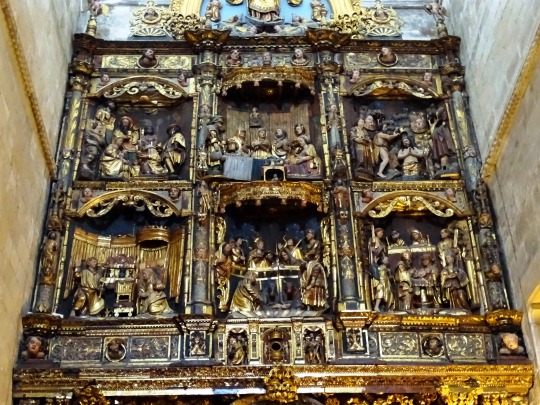

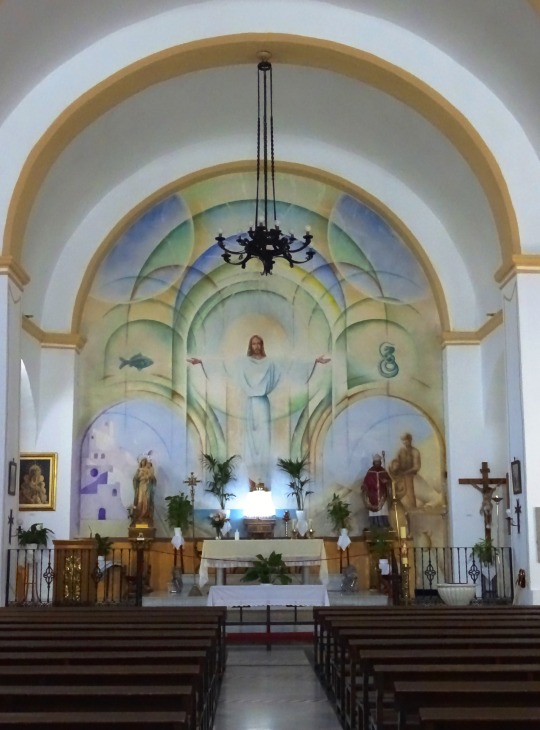
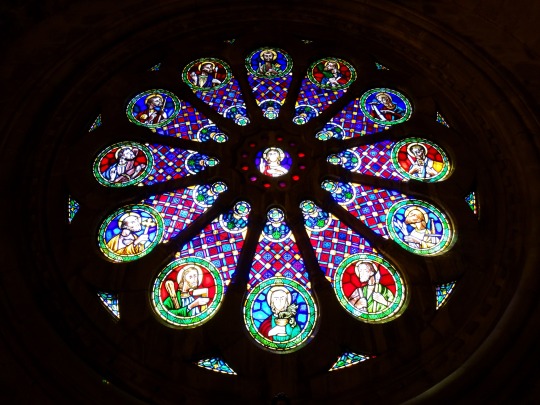
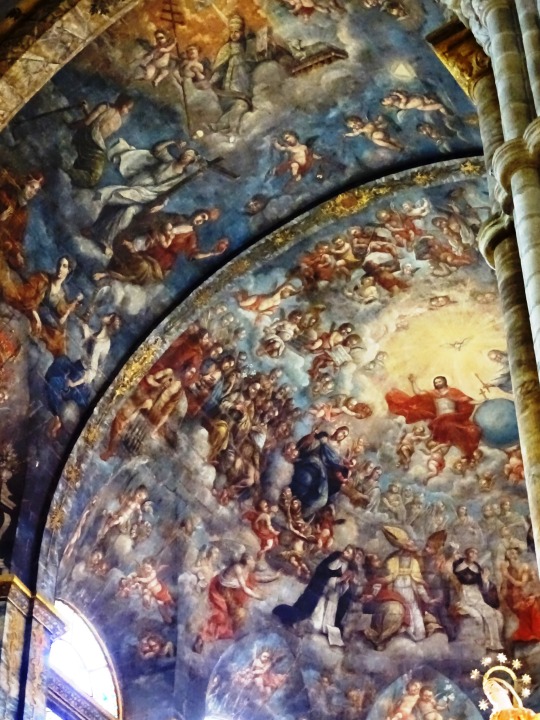
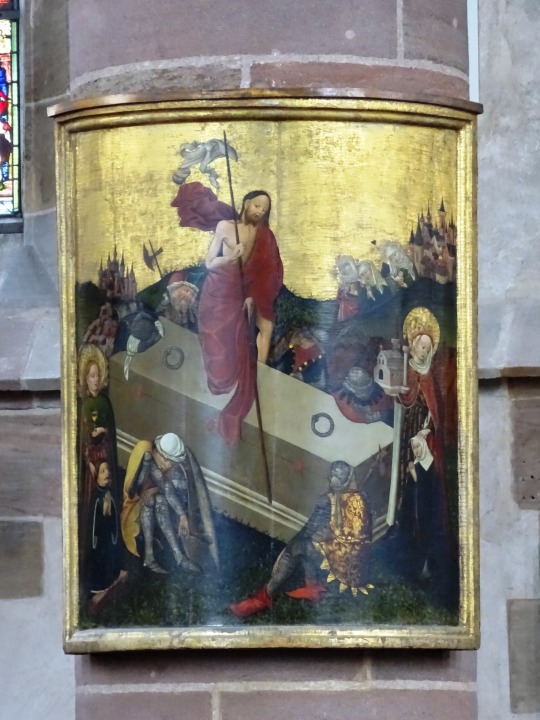
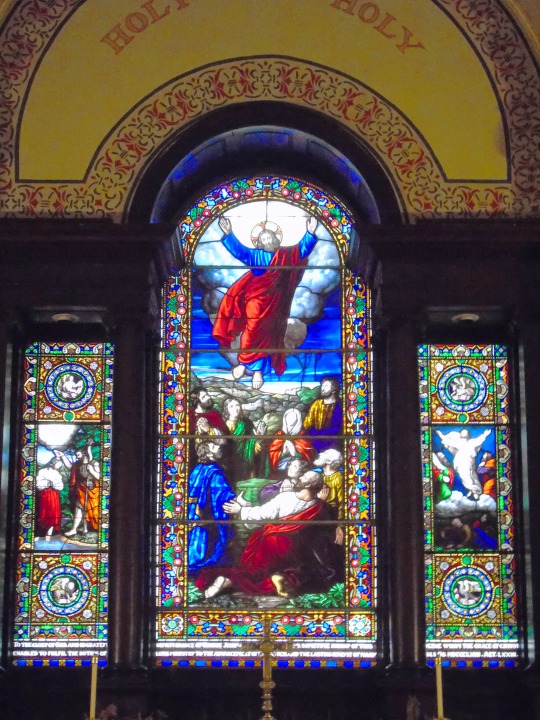

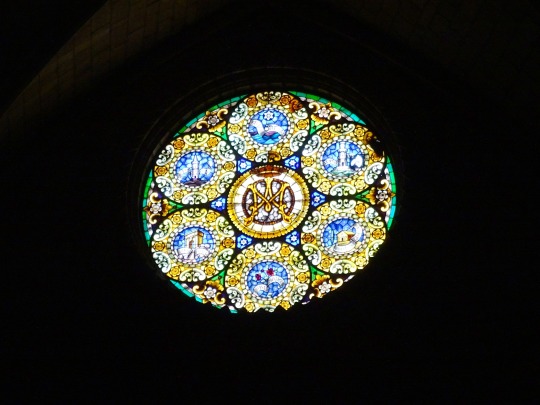
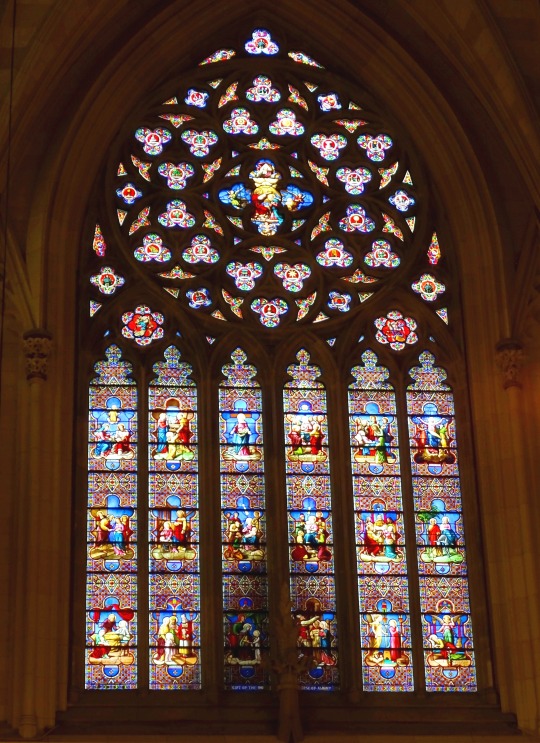
Ascension Day
We commemorate Jesus Christ’s ascension into heaven (as per Christian belief) by celebrating Ascension Day, which occurs on the Thursday, which is 40 (or 39) days after Easter. This year, it will take place on May 9. Known by multiple names — The Feast of the Ascension, The Ascension of Jesus, Ascension Thursday, Holy Thursday, or Solemnity of the Ascension of the Lord — this is a Christian holiday that doubles as a public holiday in many countries like Austria, Belgium, Denmark, Germany, France, Switzerland and more.
History of Ascension Day
One of the earliest Christian festivals, Ascension Day marks the end of the Easter season. This event is celebrated primarily by Catholics and Anglican Christians; most Protestant churches do not follow this tradition anymore. The date, too, differs in different geographic locations. Western Churches prefer to use the Gregorian calendar for calculating this date, while many Eastern Orthodox Churches calculate this date according to the Julian calendar. As a result, their celebrations occur at a later date than the Western event.
As per the New Testament in the Bible, after Jesus Christ’s crucifixion on Good Friday, he was resurrected from the dead in three days, on the day we know as Easter Sunday. For 40 days after this, he stayed with his Apostles (the primary disciples of Christ) to instruct them on how to carry out his teachings. As the Bible says, at the end of day 40, Jesus Christ and his disciples went to Mount Olivet (or the Mount of Olives), near Jerusalem. After asking them to stay, Christ then ascended to heaven to take his seat at the right hand of God, under the gaze of his disciples. To Christians, the ascension signifies that Christ completed his work on Earth and allowed him to prepare a place for his followers in heaven.
Initially a part of Easter celebrations, this day was later separated from Easter, along with Pentecost. Celebration of Pentecost ends the cycle of Easter-related events in the Christian calendar.
Ascension Day timeline
68 A.D. The Tradition Begins
Ascension Day begins to be observed, albeit with two other holidays — Easter Sunday and Pentecost.
300 A.D. Ascension Day Develops As A Separate Tradition
A decree declares this celebration now must be observed separately — it is moved to 40 days after Easter.
385 A.D. First Written Evidence Appears
We see the very first piece of written evidence that the Ascension Day Feast is celebrated.
5th century Ascension Day Starts Appearing In Art
Christian art showcases this holiday.
6th century Art Begins To Reflect Different Versions
Syria develops a different version of the Ascension, which is later adopted by Byzantine art.
18th century Germany Celebrates Father's Day
Ascension Day coincides with Father's Day in Germany — they celebrate Jesus returning to the Holy Father.
19th century Germany Celebrates With Colourful Parades
To replicate the way the Apostles walked with Jesus, Christians begin to host colorful parades as a commemoration.
How To Observe Ascension Day
Go to church
Attend church processions
Listen to hymns
Learn how your local church celebrates this day. Take some time to attend a Mass or Christian church service. Clarify the details before you go, as these services differ based on whether the church is Protestant or Catholic.
Tradition says this holiday is observed by a three-day procession, then the feast itself, which includes a procession of torches and banners to symbolize Christ’s journey to the Mount of Olives and entry into heaven. While your local church might not have such grand festivities, find out if they are still carrying out a procession.
Listening to hymns is a traditional part of Ascension Day celebrations. A medley of these religious songs can have you humming along for days. Even popular artists have been known to hum a hymn or two over the years. Check out Carrie Underwood’s ‘Something In The Water,’ or U2’s ‘Where The Streets Have No Name,’ or even John Legend’s ‘Preach.’
Facts About Ascension Day
In Sweden, people go on early morning walks
The British celebrated by 'beating the willow'
Welsh people don’t work on this day
Portugal celebrates by keeping wheat in their houses
Indonesia has a public holiday on Ascension Day
Many people go out into the woods at 3 AM or 4 AM to hear the birds at sunrise, believing that hearing a cuckoo from the east or west brings them good luck — this activity is called ‘gökotta.’
In the olden days, as young boys were driven along the parish boundaries, they were beaten with willow branches to drive away evil.
It is more than a holiday celebration in Wales — Welsh people believe that it is unlucky to do any work on Ascension Day.
Traditionally, rural Portuguese households keep wheat in their homes throughout the coming year — this day is associated with peace and prosperity and, to them, wheat symbolizes prosperity.
Despite Christianity being a minor religion in Indonesia, Ascension Day is designated as a public holiday.
Why Ascension Day Is Important
It is an opportunity for reflection and to gain inner peace
We learn about Christian traditions
It helps us expand our cultural horizons
Instances, where we can simply sit, reflect, and learn the true meaning of peace, are rare in our busy worlds. This is why we recommend holding onto such chances with both hands. Ascension Day church services center around this theme. If you are not a religious or church person, simply take a moment to sit by yourself and reflect on your journey so far and how you would like to continue. There’s no better way to celebrate this day than by centering yourself and your thoughts.
Expanding our knowledge is good for us. Plus, learning about Ascension Day not only helps us expand our store of general knowledge, but also inspires us to observe some of the traditions.
Such traditions have been prevalent for a long time, and have taken on varying degrees of importance around the world. Even festivities change as per the customs of a certain region. Learning more about these traditions changes our views of cultures and gives us extended knowledge of people from other nations.
Source
#Mojácar Pueblo#Church of Santa Maria#Lisbon Cathedral#Lisbona#interior#stained glass window#Ascension Day#Auffahrt#long weekend#9 May 2024#39 days after Easter#Saint Mary's Cathedral#Lugo Cathedral#Spain#Portugal#Holy Trinity Anglican Cathedral#Québec#Quebec City#Canada#Germany#Stadtpfarrkirche Unserer Lieben Frau#Nuremberg#Nürnberg#Solsona Cathedral#St. Patrick's Cathedral#Manhattan#New York City#USA#architecture#original photography
3 notes
·
View notes
Text
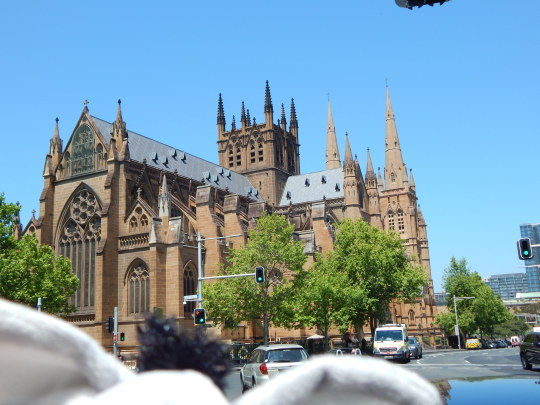
the powerchurching 1454545: is strong this time…."saint mary's cathedral"
0 notes
Text
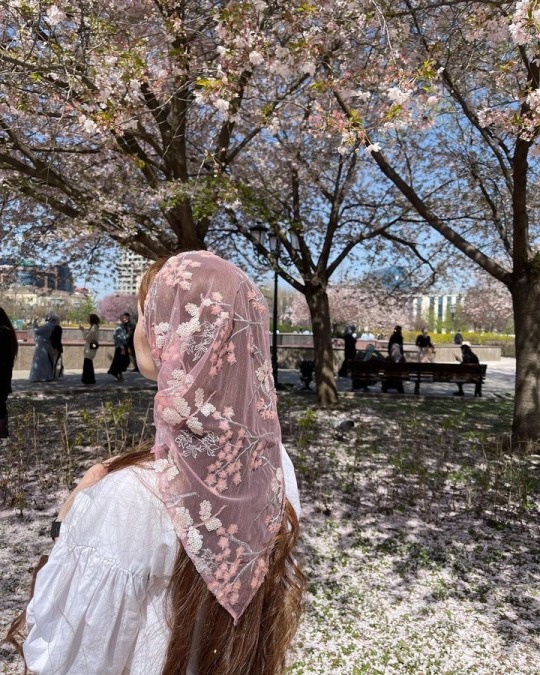


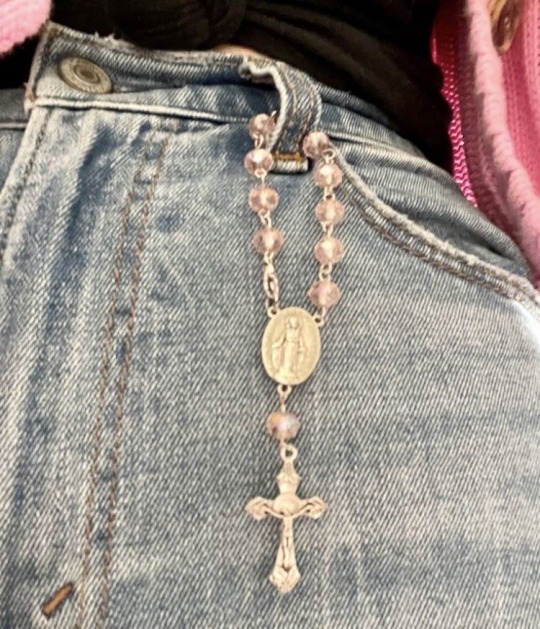

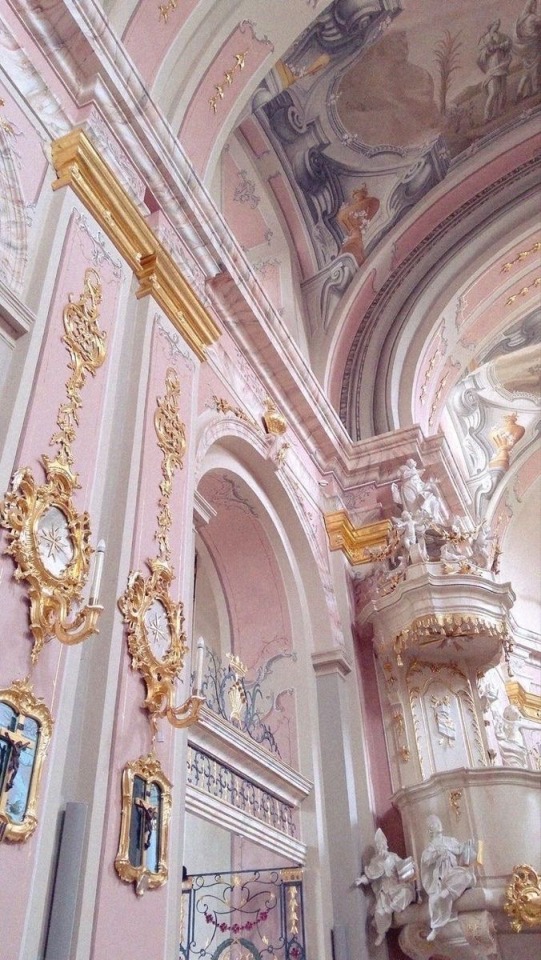
𝙴𝚊𝚜𝚝𝚎𝚛 †
#easter#easter aesthetic#catholic#cathedral#catholiscism#catholique#religion#religious imagery#christianity#christainity#jesus christ#light academism#light acadamia aesthetic#light acamedia#light#pastel#green pastel#pastel green#pastel pink#pastel aesthetic#christian veiling#rosary#virgin mary#catholic saints#saint mary#aesthetic#bright#holiday#academia#classic academia
166 notes
·
View notes
Text

Weizhou Church, 2000
Weizhou Island, Guangxi, China.
中国 広西 北海市 涠洲岛 涠洲天主教堂
Photography by Michitaka Kurata
#church#cathedral#the virgin mary#saint mary#our lady#china#guangxi#beihai#weizhou#weizhou island#weizhou cathedral#weizhou church#photography#color film#color negative film#negative film#35mm film#2000#中国#広西#北海市#天主堂#聖母#涠洲岛#ウェイジョウトウ#ネガフィルム#カラーフィルム#カラーネガ#カラーネガフィルム#カラー写真
180 notes
·
View notes
Text

Catedral de Santa Maria de Astorga y Palacio Episcopal en ESPAÑA
120 notes
·
View notes
Text

@sherrylephotography 5/13/23 Seville Spain (Catedral de Sevilla)
Seville Cathedral rooftop tour, was the best tour and Jose Marie did a splendid job. This was once a mosque the Muslims built out of brick in a octagon shape. After many years of ruling the Catholic and Jewish population went against them and the tide of time changed to catholic rule. An earthquake happened so they tore down the mosque and built this cathedral. The cathedral's construction started in 1401. It is the largest gothic cathedral in the world. It took 70 years which is quick for back then, not that it was completely finished. They are still working on the decorations of the inside. Did you know that the gargoyles are drains? When it rains they let loose all that water that is pooling up on those roofs. We went to many parts of the rooftop, climbed many different staircases. I see the cathedral in a different light.
The rooftop tour is only about 20 people at a time and only done a couple of times a day, so you must book in advance. This was one of the best things that I did on my vacation.
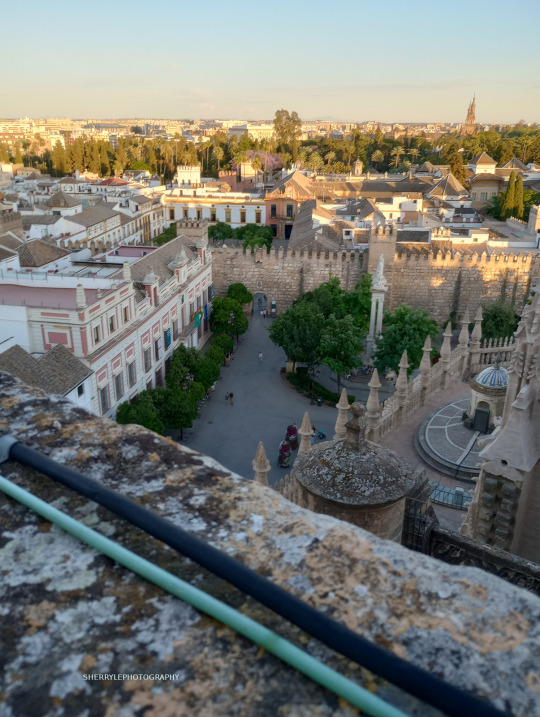
#original photographers on tumblr#landscape photography#Seville cathedral#spain#vacation spain#my photography#sherrylephotography#travel#gimp#cellphone photography#Cathedral of Saint Mary#Catedral de Sevilla#I guess Seville is the forth best city I went to in Spain.
121 notes
·
View notes
Text
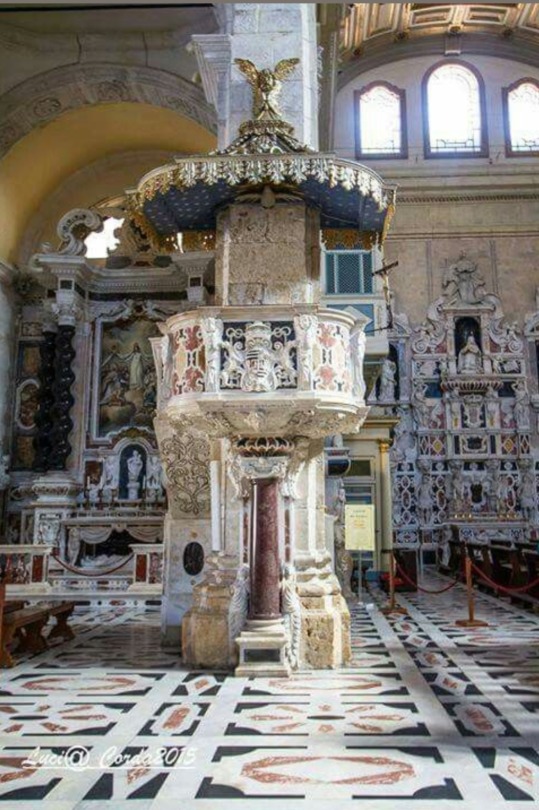
9 notes
·
View notes
Text
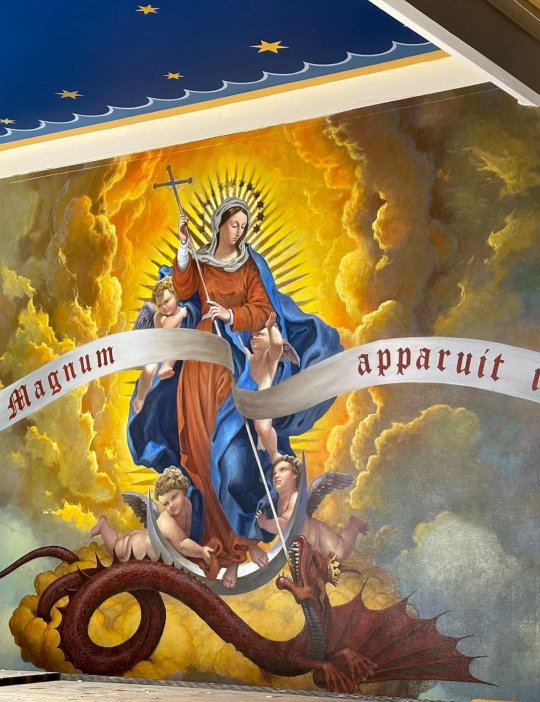
#catholic#catholicism#christianity#spiritual warfare#jesus christ#blessed virgin mary#our lady#exorcist#demon#oratory#roman catholic church#cathedral#catholic church#roman catholic#blessed mother#mother of god#mother#queen of the universe#queen of heaven#queen of saints#lord jesus christ#jesuscristo#jesus#blessed mother mary#blessed sacrament
5 notes
·
View notes
Text

3 notes
·
View notes
Photo
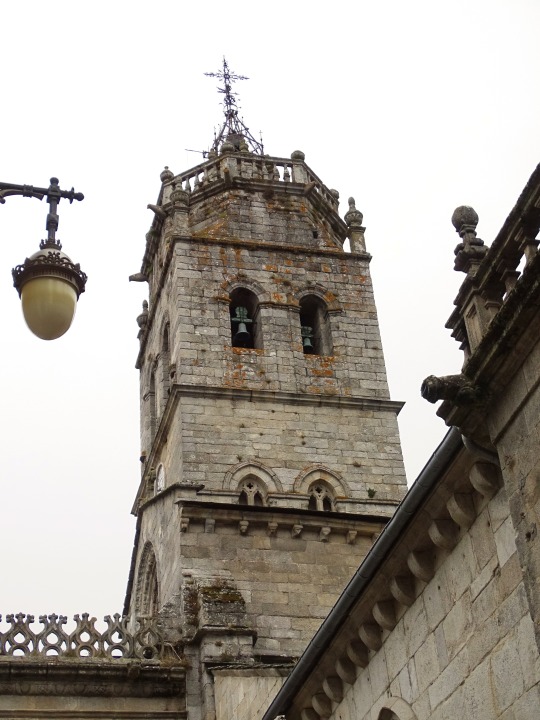
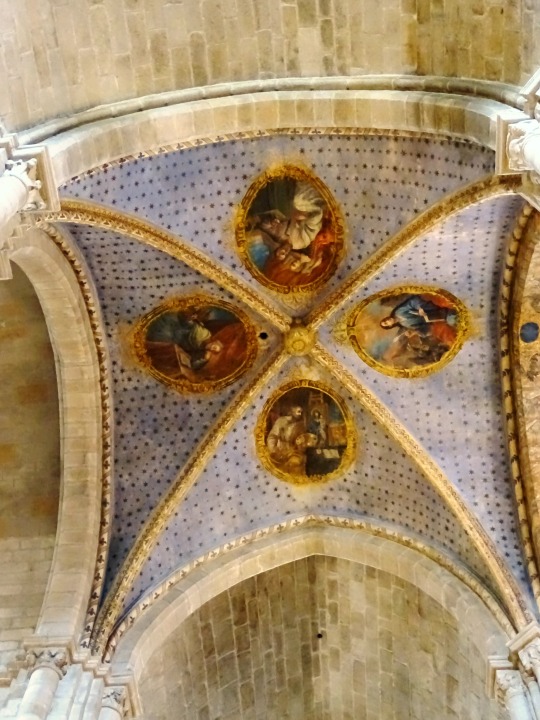
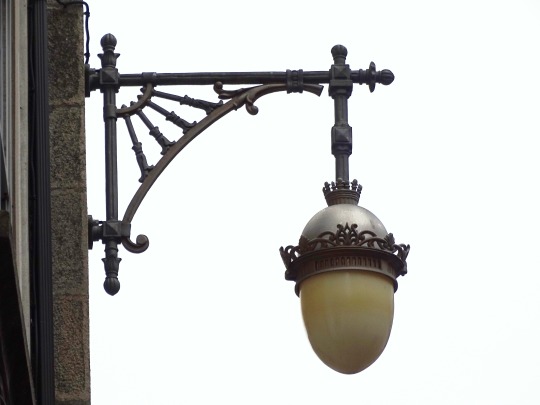

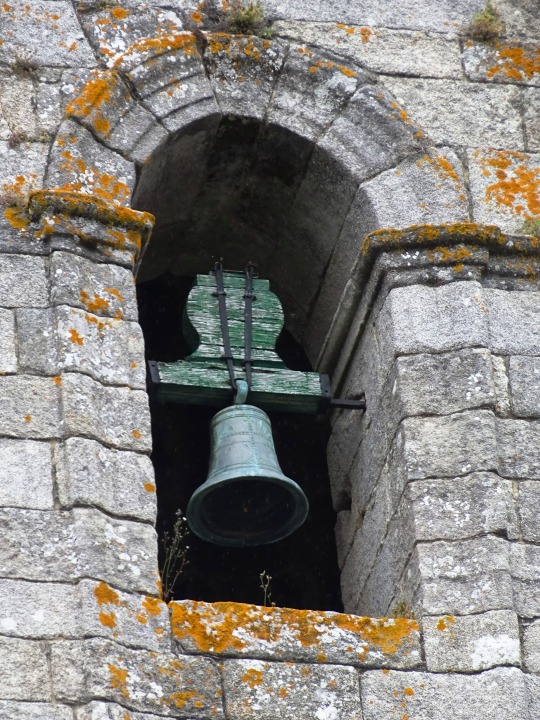


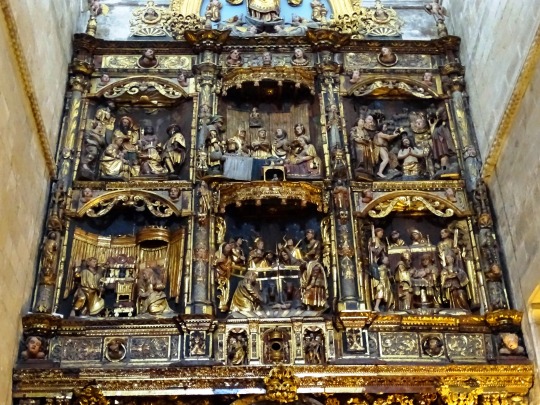
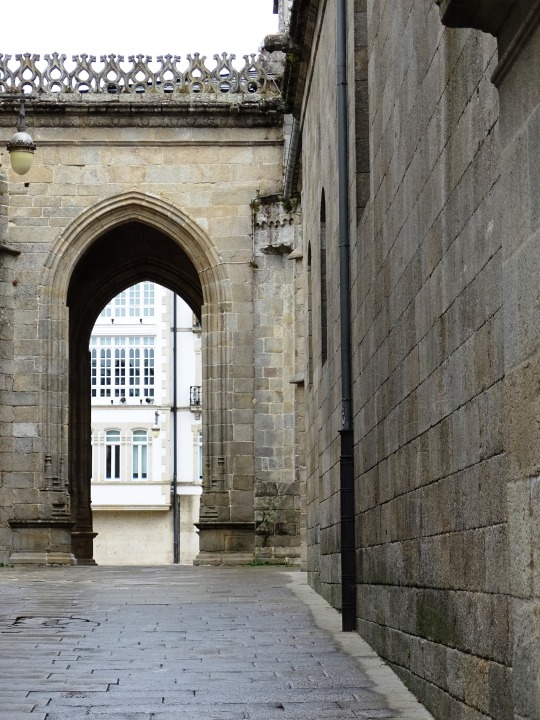

Saint Mary's Cathedral, Lugo (No. 4)
The cathedral has a Latin cross plan with three naves, transept and ambulatory with five apsidal chapels.
The main nave is covered with a pointed barrel vault and the sides with a barrel and edge vault, with ribs in the transept, and a barrel vault with lunettes in the clerestory. The clerestory windows are of acute arch or pointed to the interior and exterior.
To the left of the entrance to the cathedral is the Old Tower, Gothic, topped by a body of Renaissance bells, the work of Gaspar de Arce in 1571.
In the Plaza de Santa María, at the head of the cathedral, there is a cruise of unknown date, in the section that goes between the bell tower and the chapel of the Virgen de los Ojos Grandes.
The vertical walls and vault of the nave of the transept are Romanesque, as are most of the main nave, lateral and clerestory, whose vaults were remade in the eighteenth century.
The first body of the main chapel and the ambulatory with its attached apsidal chapels (1320-1360), except for the central one, belong to the Gothic, as well as the old ones of Santo Domingo de los Reyes (1370) and San Froilán (1480), which currently form the call of the Pilar, in addition to the first body of the bell tower (around 1570 or before) and the narthex or north portico (1510-1530), Not so the cover.
The second body of the main chapel and the current chapel of San Froilán are Renaissance; to the Baroque belong the sacristy (1678), the chapter house and its surroundings (1683), the cloister (1714) and the central chapel of the ambulatory, called the Ojos Grandes (1726).
The main façade, on the other hand, corresponds to a project in neoclassicist style of the late eighteenth century, whose author was Julián Sánchez Bort. This project moves in the orbit of what Ventura Rodríguez proposed for the façade of the cathedral of Pamplona, which in turn includes the turreted church scheme proposed by Serlio. The completion of the façade took place in the late nineteenth century, with the finishing of the two towers. These correspond to a design by Nemesio Cobreros inspired by the original project of Sánchez Bort.
Source: Wikipedia
#chapel of the Virgin#transept#Saint Mary's Cathedral#Lugo Cathedral#travel#Catedral de Santa María#Romanesque style#architecture#cityscape#Lugo#exterior#interior#original photography#vacation#summer 2021#España#Spain#Northern Spain#Southern Europe#A Mariña Occidental#Galicia#tourist attraction#landmark#tower#lantern
8 notes
·
View notes
Text
catholicism themed battlepass season the final tier is a jesus skin for zenyatta
#echo gets a cathedral skin her wings can be stained glass and she can be one of yhose statues of mary#76 and ana are dante and virgil. hanzo is a slutty painting of saint sebastian. bastion gets a funny pope hat.
4 notes
·
View notes
Text
2a Stained glass window depicting the death of Joseph, in The Chapel of Saint-Joseph, La Rochelle Cathedral, Charente-Maritime, France. Made by the Parisian workshops of Antoine Lusson and L. Lefevre after a design by William Bouguereau (1825-1905) in 1872, it represents the death-bed of Saint Joseph surrounded by a decorative border with alternating motifs of inscribed cartouches and fleur-de-lys. In its hanger is a medallion representing the Joseph of the Old Testament being recognized by his brothers, as the glorified Christ acknowledges His foster-father in the scene below, while Mary intercedes.

#art#catholic#stained glass#death-bed#saint joseph#cathedral#la rochelle#virgin mary#jesus christ#Joseph#our lady#madonna#nostra signora#nuestra señora#notre dame
6 notes
·
View notes
Text
Tbilisi Walking Tour & Georgia Independence Day
Narikala Fortress – Tour to Georgia
Having time to move at your own pace is a big plus when traveling abroad. Long-term travel provides time for adjusting to new environments, without feeling pressed to see everything at once. I’ve been low-key for a few days getting my bearings, but am getting up to speed and expanding my Georgian horizons.
Transportation
Purchasing a Metromoney card seemed a…

View On WordPress
#Abanotubani Neighborhood#Abo Patron Saint of Tbilisi#Act of Independence 1918#Ancha Monastery#Anchi’s Icon#Anchiskhati Basilica of St. Mary#Anchiskhati Church#Art Museum of Georgia#Bridge of Peace#Cathedral of the Assumption#Caucasus#Clock Tower Puppet Theatre#Day of the First Republic#Foreign Influence Bill Georgia#Georgia President Salome Zourabichvili#Georgian Parliament#Georgian sculptor Elguja Amashukeli#Historic District Old Tbilisi#Italian architect Michele De Lucch#Juma Mosque#King Gorgasali Founder of Tbilisi#King of Iberia Dachi Ujarmeli#King Vakhtang I Gorgasali#Kingdom of Iberia 4th century BCE#Klarjeti#Leghvtakhevi Canyon#Leghvtakhevi Waterfall#Liberty Square Tbilisi#May 26 Georgia Independence Day#Metekhi Church of the Nativity of the Virgin Mary
0 notes
Text

Michelangelo carved a number of works in Florence during his time with the Medici, but in the 1490s he left Florence and briefly went to Venice, Bologna, and then to Rome, where he lived from 1496-1501. In 1497, a cardinal named Jean de Billheres commissioned Michelangelo to create a work of sculpture to go into a side chapel at Old St. Peter’s Basilica in Rome. The resulting work – the Pieta – would be so successful that it helped launch Michelangelo’s career unlike any previous work he had done.
Michelangelo claimed that the block of Carrara marble he used to work on this was the most “perfect” block he ever used, and he would go on to polish and refine this work more than any other statue he created.
The scene of the Pieta shows the Virgin Mary holding the dead body of Christ after his crucifixion, death, and removal from the cross, but before he was placed in the tomb. This is one of the key events from the life of the Virgin.
These two figures are carved so as to appear in a unified composition which forms the shape of a pyramid, something that other Renaissance artists (e.g. Leonardo) also favored.
#Michelangelo#Pietà#Rome#Renaissance#Holy Mother#Jesus#Death#Saint Peter's Cathedral#Virgin Mary#Marble Sculpture#Carrara marble
1 note
·
View note
Text

Catedral de Santa Maria, Sevilla, Andalucia, ESPAÑA
#catedral#santa maria#saint mary#cathedral#seville#sevilla#andalucia#andalusia#españa#spain#europe#europa
150 notes
·
View notes